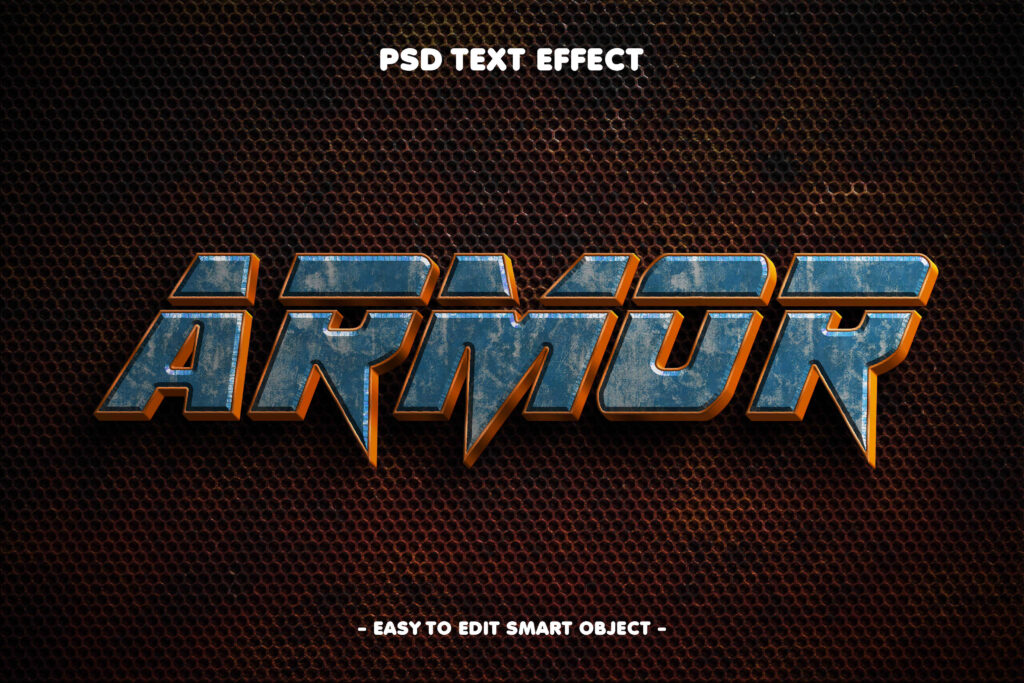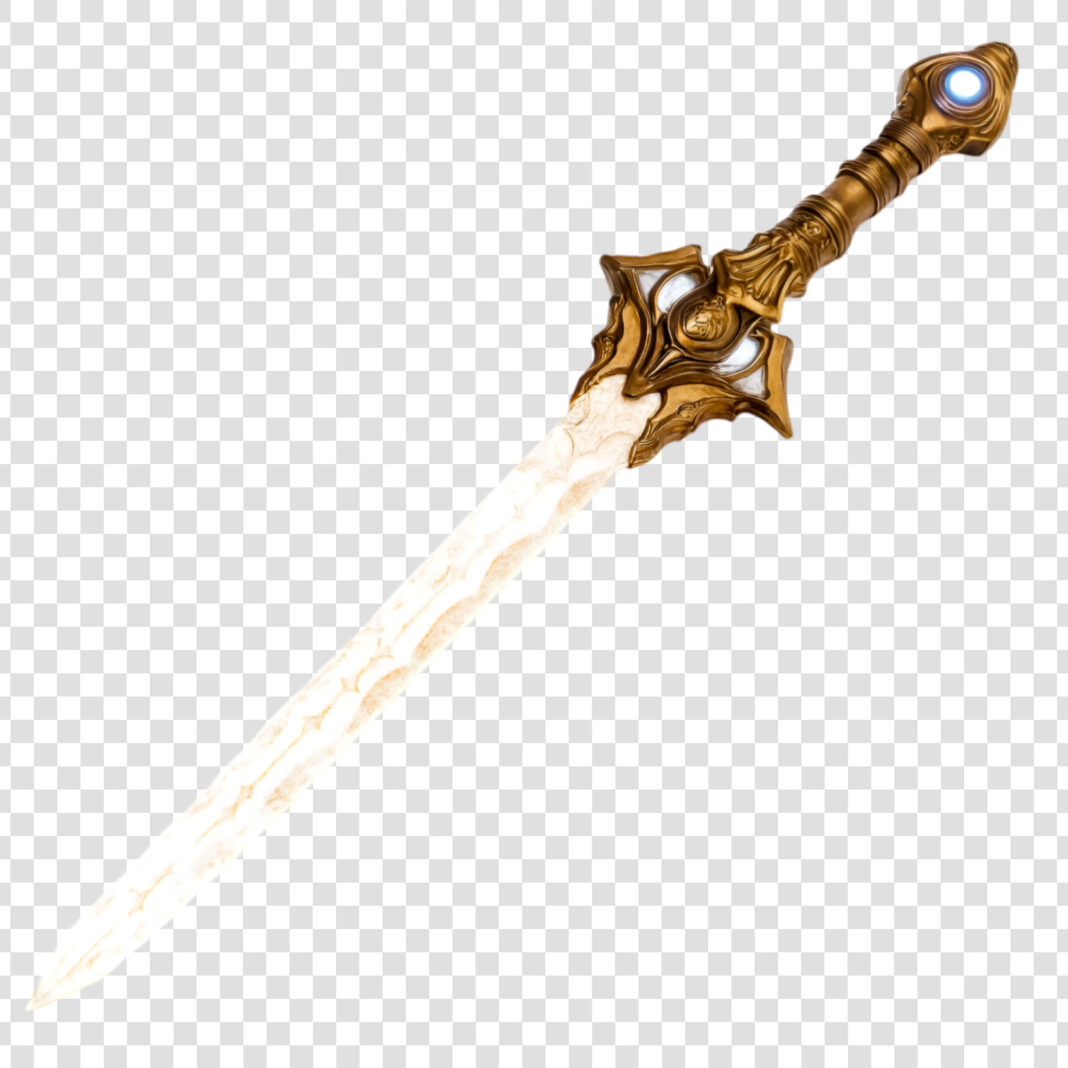Few games in history have left as profound an impact as Final Fantasy VII. Originally released in 1997 for the PlayStation, this groundbreaking RPG didn’t just redefine its genre—it reshaped the entire gaming landscape. Decades later, its influence remains undeniable. New players continue to discover its brilliance, while longtime fans revisit it like an old friend. But what exactly makes Final Fantasy VII so timeless? Why does it still command such passionate devotion in an era of photorealistic graphics and open-world epics?

The answer lies in a perfect storm of storytelling mastery, revolutionary gameplay, unforgettable characters, and a level of emotional depth that was unprecedented for its time. Unlike many games that fade into obscurity, FFVII has only grown in stature, spawning remakes, spin-offs, and a fan culture that keeps its spirit alive. This isn’t just nostalgia—it’s the mark of a true masterpiece.
In this extensive analysis, we’ll explore every facet of Final Fantasy VII’s enduring appeal. From its narrative risks to its technical innovations, from its iconic soundtrack to its complex themes, we’ll break down exactly why this game still matters—and why it will continue to captivate players for generations to come.
1. A Story That Changed Gaming Forever
Before Final Fantasy VII, most RPGs followed relatively simple narratives—heroes fought villains in straightforward battles of good versus evil. FFVII shattered those conventions with a story that was morally complex, emotionally devastating, and thematically rich.
The Dystopian World of Midgar: A Setting With Something to Say
From the opening moments, FFVII establishes a world of stark inequality. Midgar, a sprawling metropolis powered by the planet’s life energy (Mako), is divided between the wealthy upper plate and the slums below. The Shinra Electric Power Company, a ruthless megacorporation, exploits both the planet and its people for profit.
This wasn’t just a backdrop—it was a direct commentary on environmental destruction, corporate greed, and class struggle. For many players, this was their first exposure to a video game story with real-world relevance. The game didn’t preach; it showed the consequences of unchecked industrialization through its dying world.
Cloud Strife: A Protagonist Unlike Any Before Him
At first glance, Cloud fits the classic RPG hero mold—a skilled swordsman with a mysterious past. But FFVII quickly subverts expectations. Cloud isn’t a noble warrior; he’s a mercenary, initially motivated only by money. His aloof demeanor hides deep trauma, and as the story unfolds, players discover that much of his identity is a fabrication.
His journey—from a broken man haunted by failure to a true hero—resonates because it’s messy, painful, and deeply human. Few protagonists in gaming have undergone such a psychologically complex arc.
Aerith’s Death: The Moment That Shocked the World
Spoilers for a 25-year-old game: Aerith’s murder by Sephiroth remains one of the most devastating moments in gaming history. What made it so impactful wasn’t just the loss of a beloved character—it was the sheer audacity of killing her off halfway through the game.
In most RPGs, the party was invincible. FFVII broke that rule, teaching players that no one was safe. The scene’s brutality (Sephiroth descending from above, the slow-motion plunge of his sword) and the haunting silence that follows left players in stunned disbelief. Even today, first-time players report feeling genuine grief—a testament to how well the game made players care about its characters.
Sephiroth: The Gold Standard for Video Game Villains
Great villains aren’t just powerful—they’re compelling. Sephiroth excels on both fronts. Initially presented as a legendary war hero, his descent into madness (fueled by the discovery of his alien origins) transforms him into a godlike threat.
What makes him terrifying isn’t just his strength—it’s his calm, almost serene demeanor. Unlike cartoonish villains who revel in evil, Sephiroth believes he’s saving the planet by destroying it. His presence looms over the entire game, even when he’s not on screen. From the Nibelheim flashback to the final battle, he exudes an aura of inevitability.
Themes That Still Resonate: Identity, Loss, and Environmentalism
FFVII wasn’t afraid to tackle heavy subjects:
- Identity: Cloud’s fractured psyche and the revelation that his memories aren’t his own.
- Loss: The death of Aerith, the destruction of entire towns, and the emotional scars carried by every party member.
- Environmentalism: The planet as a living entity being drained by corporate exploitation.
These weren’t just plot devices—they were woven into the fabric of the story, giving it a maturity rarely seen in games at the time.
2. Gameplay Innovations That Defined a Generation
Final Fantasy VII wasn’t just a narrative triumph—it revolutionized RPG mechanics in ways that are still felt today.
The Materia System: Endless Customization
Unlike traditional RPGs with fixed character classes, FFVII’s Materia system allowed players to tailor their party to their preferred playstyle. Materia (crystallized Mako energy) could be slotted into weapons and armor, granting spells, summons, and abilities.
Key features:
- Linked Materia: Combining Materia for enhanced effects (e.g., pairing “Fire” with “All” to hit every enemy).
- Trade-offs: More Materia meant weaker physical stats, forcing strategic choices.
- Accessibility: Easy to learn but deep enough for experimentation.
This system kept combat fresh across multiple playthroughs, as no two players’ parties were exactly alike.
Active Time Battle (ATB): A Perfect Balance
Building on FFIV’s ATB system, FFVII refined it into a seamless blend of turn-based strategy and real-time urgency. Characters’ turns were governed by a timer, meaning players had to think quickly in battles.
The genius of ATB was its flexibility:
- Wait Mode: Pausing when selecting commands (for newcomers).
- Active Mode: No pauses (for veterans seeking challenge).
- Limit Breaks: Desperation attacks that charged as characters took damage, adding dramatic comebacks.
This system made every fight engaging, from random encounters to epic boss battles.
Mini-Games That Actually Mattered
Many RPGs include forgettable side activities. FFVII’s mini-games were iconic:
- Chocobo Racing & Breeding: Unlocking the elusive Golden Chocobo required dedication.
- Fort Condor: A real-time strategy diversion with tangible rewards.
- Snowboarding: A surprisingly fun action sequence.
- The Gold Saucer: A full-blown amusement park with boxing, basketball, and more.
These weren’t just distractions—they were fully realized experiences that added depth to the world.

